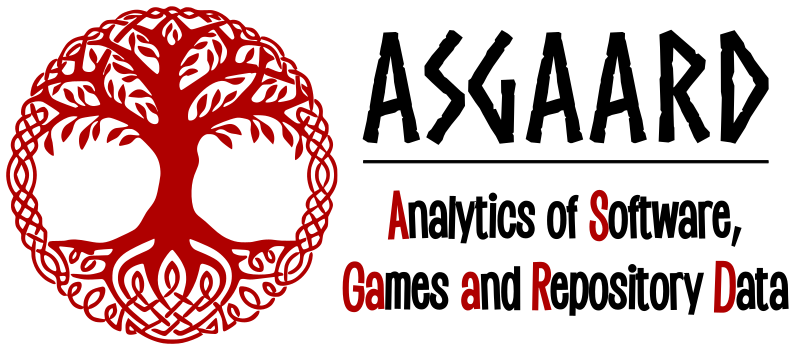Quang’s paper “Improving the Discoverability of Indie Games by Leveraging their Similarity to Top-Selling Games Identifying Important Requirements of a Recommender System” was accepted for publication at the International Conference on the Foundations of Digital Games (FDG) 2021! Super congrats Quang!
* Update July 23: This paper won a best paper award at FDG 2021!
Abstract:
Indie games often lack visibility as compared to top-selling games due to their limited marketing budget and the fact that there are a large number of indie games. Players of top-selling games usually like certain types of games or certain game elements such as theme, gameplay, storyline. Therefore, indie games could leverage their shared game elements with top-selling games to get discovered. In this paper, we propose an approach to improve the discoverability of indie games by recommending similar indie games to gamers of top-selling games. We first matched 2,830 itch.io indie games to 326 top-selling Steam games. We then contacted the indie game developers for evaluation feedback and suggestions. We found that the majority of them (67.9%) who offered verbose responses show positive support for our approach. We also analyzed the reasons for bad recommendations and the suggestions by indie game developers to lay out the important requirements for such a recommendation system. The most important ones are: a standardized and extensive tag and genre ontology system is needed to bridge the two platforms, the expectations of players of top-selling games should be managed to avoid disappointment, a player’s preferences should be integrated when making recommendations, a standardized age restriction rule is needed, and finally, the recommendation tool should also show indie games that are the least similar or less popular.
The paper can be downloaded here.
